We have analyzed the factors that affect the antenna transmission distance before. In fact, the antenna gain also has a very large impact on the transmission distance. So, is the higher the antenna gain, the better? Once you understand the concept of gain and the signal transmission principle of an antenna, you will know how to choose an antenna.
What is antenna gain?
Under the condition that the input power is equal, the ratio of the power density of the signal generated by the actual antenna and the ideal radiating unit at the same point in space, which quantitatively describes the degree to which an antenna radiates the input power in a concentrated manner. Simply put, antenna gain refers to a measure of the ability of an antenna to send and receive signals in a specific direction, unit dbi.
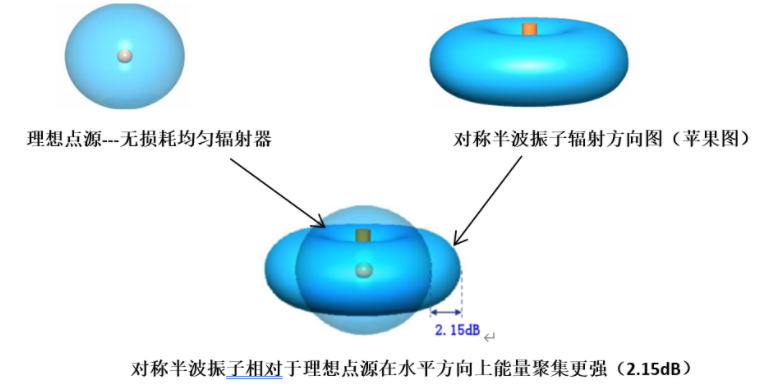
Antenna gain is actually a relative value. Whether there is gain or not depends on who you compare it with; for antennas, gain is compared with a point radiation source or a half-wave oscillator in a certain direction.
How to improve antenna gain?
It can be seen normally that the radiation direction of the gain is in an “apple” shape. In theory, the larger the antenna gain value, the better the signal, and the longer the transmission distance. So how to improve the antenna gain? The answer is to “slap” and “squeeze” this “apple” in the direction we should.
How can we “flatten” this “apple”? This requires adding antenna unit oscillators, so generally the higher the antenna gain, the larger the volume.
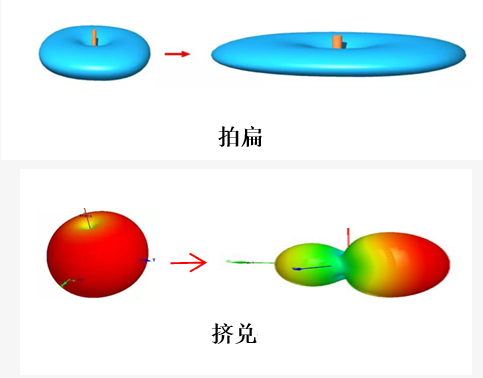
How to “crowd” it? Then you need to add a reflector. The function of the reflector is to transfer the radiation energy from the left to the right, so that the radiation ability on the right side of the antenna is stronger and the gain is higher (this type of antenna is generally called a directional antenna).
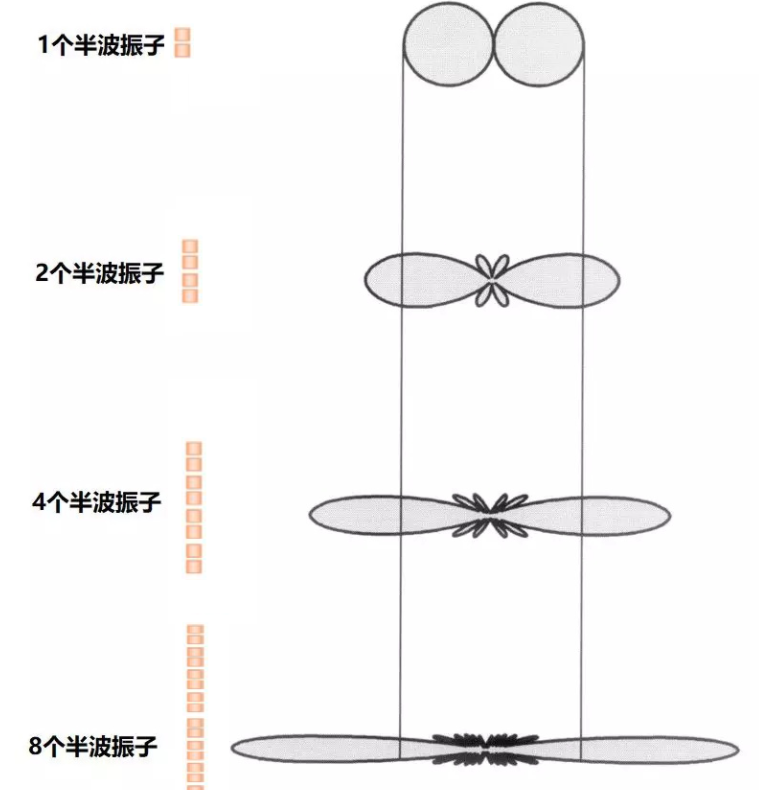
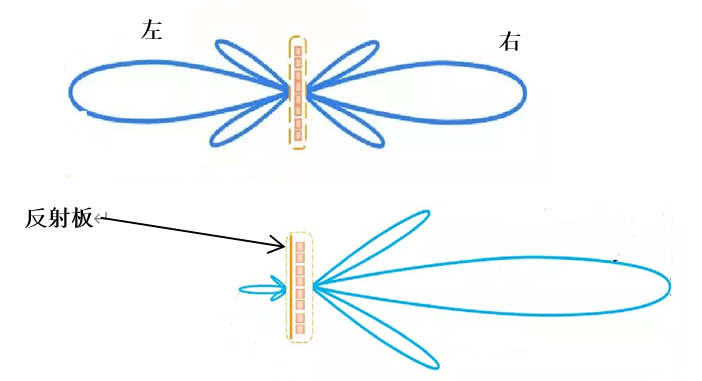
The higher the antenna gain, the better?
After understanding the radiation principle of antenna gain, let’s go back to the original question: Is the higher the antenna gain, the better? Obviously not.
The higher the antenna gain, the greater the masking interval, but at the same time the beam (radiation area) width will be narrowed, resulting in poor masking uniformity. The selection of antenna gain should be based on the match between the beam and the target area. It is not advisable to overly narrow the vertical beam width in order to better improve the gain.
As shown in the figure below: the higher the gain, the narrower the beam width in the vertical direction; vice versa.
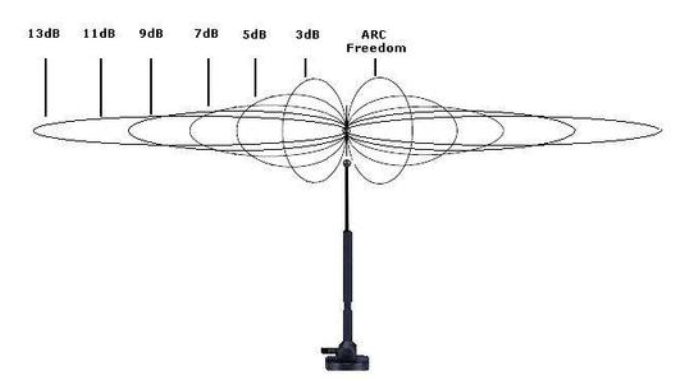
The best way is to optimize the plan to achieve a rapid drop in the level outside the service area, reduce the side lobes and back lobes, reduce the cross-polarization level, and use low loss, no surface wave parasitic radiation, and low VSWR feed network to improve the performance. The antenna gain is correct.
Although the higher the gain of the antenna, the better the signal and the farther the transmission distance, the higher the gain, the smaller the coverage area in the vertical direction. Therefore, when selecting the antenna, you also need to consider the actual use environment. If it is used in large quantities , you can also give priority to antenna customization and customize the best antenna plan to achieve the best transmission distance of the device.